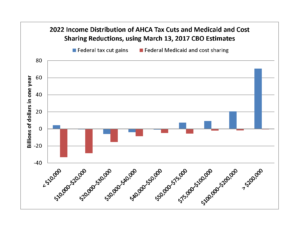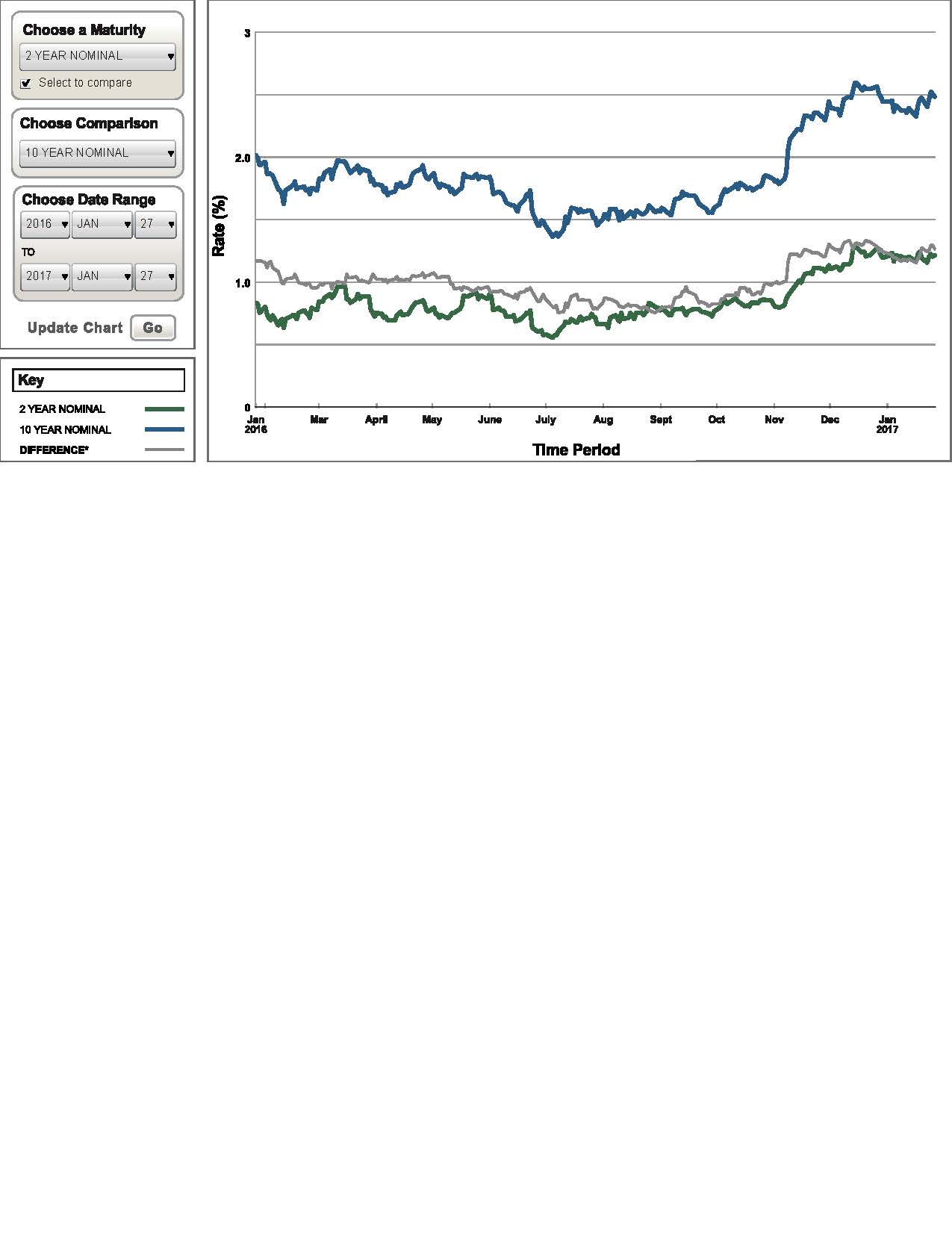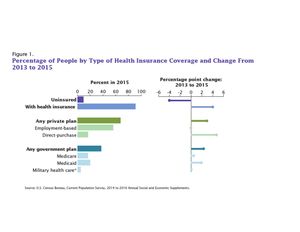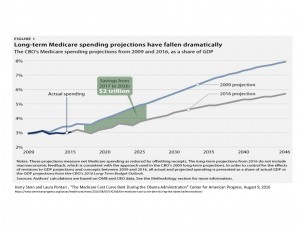Dear BU colleagues, students, alumni, and friends,
Even though I am just beginning my sabbatical, I thought I would do this tabulation from the preliminary program of the ASSA (Allied Social Science Association) annual meetings which will be in Philadelphia January 5-7, which is linked here. .
I apologize for any names that I have inadvertently missed, but creating this list requires looking through 11,000 names of authors, chairs and discussants for familiar names, and sometimes checking their affiliations. If you send corrections to me, I will correct them on my blog which is linked here.
BU will not quite set a record for presence at the 2018 ASSA (commonly called simply the AEA American Economics Association) meetings with BU faculty, students or alumni names appearing 71 times. The last time I counted was for the 2015 ASSA meetings, which were held in Boston, and BU had 83 appearances, but with a home field advantage.
Of those 71 appearances there are
43 presenters or coauthors (ASSA does not differentiate them in the program)
18 discussants
10 session chairs.
Of those 71 appearances,
34 are by CAS Economics Department faculty (20 distinct names – two more than the Boston ASSA!)
14 are by Questrom School of Business faculty (6 distinct names)
22 are by current or former BU students. (20 distinct names)
The busiest participant this year will be our new associate professor Tarek Hassan, with four papers presented and one session chaired. This impressive activity spearheads the remarkable ten appearances from the five new BU faculty joining us in Economics this fall. Others who will be busy with three appearances each include Kevin Lang, Robert Margo, Pascual Restrepo.
Join me in congratulating our busiest scholars who are presenting (or coauthored a presentation), chairing and discussing at the ASSA in January. There will be a BU reception on Saturday evening as usual – look for announcements in the fall for the time and room.
A detailed list of papers and names that may help with planning your travel, learning what your colleagues are up to or making corrections are below. They are sorted chronologically by time.
It is not too early to begin planning which paper you want to present at the ASSA 2019 (Atlanta).
Here are the details
Friday, Jan. 5, 2018 8:00 AM – 10:00 AM Marriott Philadelphia Downtown, Liberty Ballroom Salon A
Forecasting Economic Activity With Yelp Data
Michael Luca, Harvard Business School View Abstract
Friday, Jan. 5, 2018 8:00 AM – 10:00 AM Marriott Philadelphia Downtown, Grand Ballroom Salon C
The Role of Countercyclical Fiscal Policy in a Low r* World
Alisdair Mckay, Boston University View Abstract
Friday, Jan. 5, 2018 8:00 AM – 10:00 AM Pennsylvania Convention Center, 104-A
Trade in Unhealthy Foods and Obesity: Evidence From Mexico
Osea Giuntella, University of Pittsburgh View Abstract
Friday, Jan. 5, 2018 8:00 AM – 10:00 AM Marriott Philadelphia Downtown, Meeting Room 306
Issues in Development
Discussant(s) Silvia Prina, Case Western Reserve University
Friday, Jan. 5, 2018 8:00 AM – 10:00 AM Pennsylvania Convention Center, 112-A
Surviving the Great Depression: Firms, Workers, and Banks
Discussant(s) Robert Margo, Boston University
Friday, Jan. 5, 2018 8:00 AM – 10:00 AM Marriott Philadelphia Downtown, Grand Ballroom Salon J
Discussant(s) James Rebitzer, Boston University
How Important Is Price Variation Between Health Insurers?
Keith Ericson, Boston University, View Abstract
How Does Hospital-physician Integration Affect Hospital Prices?
Haizhen Lin, Indiana University View Abstract
Friday, Jan. 5, 2018 10:15 AM – 12:15 PM Pennsylvania Convention Center, 105-A
Automation
Chair: Pascual Restrepo, Boston University
Friday, Jan. 5, 2018 10:15 AM – 12:15 PM Pennsylvania Convention Center, 111-A
Household Diversification: The Vehicle Portfolio Effect
David Rapson, University of California-Davis View Abstract
Mind the Gap! Tax Incentives and Incentives for Manipulating Fuel Efficiency in the Automobile Industry
Shinsuke Tanaka, Tufts University View Abstract
Friday, Jan. 5, 2018 10:15 AM – 12:15 PM Pennsylvania Convention Center, 104-B
The Demise of the Treaty of Detroit and (Dis)inflation Dynamics
Jae Sim, Federal Reserve Board View Abstract
Friday, Jan. 5, 2018 10:15 AM – 12:15 PM Pennsylvania Convention Center, 104-A
Sectoral Wage Gaps and the Returns to Migration
Discussant(s) Samuel Bazzi, Boston University
Friday, Jan. 5, 2018 10:15 AM – 12:15 PM Pennsylvania Convention Center, 109-A
Migrants, Ancestors, and Foreign Investments
Tarek A. Hassan, Boston University, NBER, and CEPR View Abstract
Friday, Jan. 5, 2018 10:15 AM – 12:15 PM Loews Philadelphia, Commonwealth Hall D
Misvaluation of Investment Options
Evgeny Lyandres, Boston University View Abstract
Friday, Jan. 5, 2018 10:15 AM – 12:15 PM Marriott Philadelphia Downtown, Grand Ballroom Salon J
Screening in Contract Design: Evidence From the ACA Health Insurance Exchanges
Timothy Layton, Harvard University View Abstract
Friday, Jan. 5, 2018 10:15 AM – 12:15 PM Pennsylvania Convention Center, 202-B
Domestic Outsourcing of Labor Services in the United States: 1996-2015
Johannes F. Schmieder, Boston University View Abstract
Friday, Jan. 5, 2018 2:30 PM – 4:30 PM Marriott Philadelphia Downtown, Grand Ballroom Salon F
Automation and Jobs: When Technology Boosts Employment
James Bessen, Boston University View Abstract
Friday, Jan. 5, 2018 2:30 PM – 4:30 PM Pennsylvania Convention Center, 104-A
The Provision and Valuation of Non-wage Job Attributes
Chair: Kevin Lang, Boston University
Discussant(s) Kevin Lang, Boston University
Friday, Jan. 5, 2018 2:30 PM – 4:30 PM Loews Philadelphia, Regency Ballroom C1
Macro Finance
Discussant(s) Simon Gilchrist, Boston University (now NYU!)
Friday, Jan. 5, 2018 8:00 AM – 10:00 AM Pennsylvania Convention Center, 202-B
Right to Work and Small “d” Democracy
James Feigenbaum, Princeton University (now at BU) View Abstract
Friday, Jan. 5, 2018 2:30 PM – 4:30 PM Pennsylvania Convention Center, 203-A
Missing Bids
Juan Ortner, Boston University View Abstract
The Competitive Effects of Information Sharing
Jihye Jeon, Boston University View Abstract
Friday, Jan. 5, 2018 2:30 PM – 4:30 PM Loews Philadelphia, Adams
The Importance of Deposit Insurance Credibility
Joao Santos, Federal Reserve Bank of New York View Abstract
Saturday, Jan. 6, 2018 8:00 AM – 10:00 AM Pennsylvania Convention Center, 201-A
Housing Wealth Effects: The Long View
Alisdair McKay, Boston University View Abstract
Adam Guren, Boston University View Abstract
Saturday, Jan. 6, 2018 8:00 AM – 10:00 AM Pennsylvania Convention Center, 112-A
Monetary Policy and Financial Intermediation
Chair: Simon Gilchrist, Boston University
Saturday, Jan. 6, 2018 8:00 AM – 10:00 AM Marriott Philadelphia Downtown, Grand Ballroom Salon A
Noncompete Agreements
Chair: Michael Lipsitz, Boston University
Restricting Mobility to Extract Surplus: Why Low-wage Workers are Signing Noncompete Agreements
Michael Lipsitz, Boston University View Abstract
Matthew S. Johnson, Duke University View Abstract
Saturday, Jan. 6, 2018 8:00 AM – 10:00 AM Marriott Philadelphia Downtown, Meeting Room 308
Whither the Future of Economic History?
Chair: Robert Margo, Boston University
Saturday, Jan. 6, 2018 8:00 AM – 10:00 AM Marriott Philadelphia Downtown, Meeting Room 405
Firm Responses to Incentives and Regulation
Discussant(s) Marc Rysman, Boston University
Saturday, Jan. 6, 2018 8:00 AM – 10:00 AM Marriott Philadelphia Downtown, Meeting Room 409
Trade, Multinationals, and Firm Dynamics
Chair: Stefania Garetto, Boston University
Becoming a Multinational: An Analysis of Market Access and Risk Through Mergers
Stefania Garetto, Boston University View Abstract
Saturday, Jan. 6, 2018 8:00 AM – 10:00 AM Marriott Philadelphia Downtown, Grand Ballroom Salon J
Coordination Within Teams and The Cost of Health Care
Keith Ericson, Boston University View Abstract
Benjamin Lupin, Boston University View Abstract
James Rebitzer, Boston University View Abstract
Saturday, Jan. 6, 2018 10:15 AM – 12:15 PM Pennsylvania Convention Center, 202-A
Economics of Voting
Chair: Steven Sprick Schuster, Colgate University
Saturday, Jan. 6, 2018 10:15 AM – 12:15 PM Marriott Philadelphia Downtown, Grand Ballroom Salon J
Gender in the Workplace
Discussant(s) Kevin Lang, Boston University
Saturday, Jan. 6, 2018 10:15 AM – 12:15 PM Loews Philadelphia, Regency Ballroom C1
Currency Manipulation
Tarek A. Hassan, Boston University, NBER, and CEPR View Abstract
Saturday, Jan. 6, 2018 10:15 AM – 12:15 PM Loews Philadelphia, Commonwealth Hall A2
Sex, Race and Finance
Discussants(s) Shulamit Kahn, Boston University
Saturday, Jan. 6, 2018 10:15 AM – 12:15 PM Marriott Philadelphia Downtown, Meeting Room 414
Network and Panel Quantile Effects Via Distribution Regression
Ivan Fernandez-Val, Boston University View Abstract
Saturday, Jan. 6, 2018 10:15 AM – 12:15 PM Marriott Philadelphia Downtown, Meeting Room 415
Local Labor Markets and Human Capital Investments
Russell Weinstein, Rensselaer Polytechnic Institute View Abstract
Saturday, Jan. 6, 2018 10:15 AM – 12:15 PM Marriott Philadelphia Downtown, Meeting Room 305
Technology and Jobs in the Long Run
James Bessen, Boston University View Abstract
Saturday, Jan. 6, 2018 12:30 PM – 2:15 PM Pennsylvania Convention Center, 203-B
Economic Growth and Banking Credit in India
Subhash Pemmaraju, Boston University View Abstract
Saturday, Jan. 6, 2018 12:30 PM – 2:15 PM Marriott Philadelphia Downtown, Grand Ballroom Salon C
Recent Studies in Applied Microeconomics
Discussant(s) Jihye Jeon, Boston University
Saturday, Jan. 6, 2018 2:30 PM – 4:30 PM Marriott Philadelphia Downtown, Meeting Room 308
CSMGEP Dissertation Session
Discussant(s) Robert Margo, Boston University
Saturday, Jan. 6, 2018 2:30 PM – 4:30 PM Marriott Philadelphia Downtown, Grand Ballroom Salon E
Demographics and Robots
Pascual Restrepo, Massachusetts Institute of Technology (now at BU) View Abstract
Saturday, Jan. 6, 2018 2:30 PM – 4:30 PM Pennsylvania Convention Center, 202-B
Foreign STEM Students and Immigration Policy
Chair: Shulamit Kahn, Boston University
Explaining the Place Premium in STEM Careers
Shulamit Kahn, Boston University View Abstract
Megan MacGarvie, Boston University and NBER View Abstract
Saturday, Jan. 6, 2018 2:30 PM – 4:30 PM Pennsylvania Convention Center, 107-B
Childhood Exposure to Armed Conflict and Attitudes Toward Domestic Violence
Giulia La Mattina, University of South Florida View Abstract
Saturday, Jan. 6, 2018 2:30 PM – 4:30 PM Pennsylvania Convention Center, 105-A
Policy Implications of Suboptimal Choice: Theory and Evidence
Discussant(s) Keith Ericson, Boston University
Saturday, Jan. 6, 2018 2:30 PM – 4:30 PM Marriott Philadelphia Downtown, Meeting Room 414
Market Microstructure
Discussant(s) Juan Ortner, Boston University
Saturday, Jan. 6, 2018 2:30 PM – 4:30 PM Marriott Philadelphia Downtown, Meeting Room 406
Predicting Outcomes in Games: New Directions
Discussant(s) Bart Lipman, Boston University
Sunday, Jan. 7, 2018 8:00 AM – 10:00 AM Marriott Philadelphia Downtown, Grand Ballroom Salon E
The Race between Machine and Man: Implications of Technology for Employment, Factor Shares and Growth
Pascual Restrepo, Massachusetts Institute of Technology View Abstract
Sunday, Jan. 7, 2018 8:00 AM – 10:00 AM Pennsylvania Convention Center, 204-C
Political Risk: Origins, Measurement, and Effects
Chair: Tarek A. Hassan, Boston University, NBER, and CEPR
Discussant(s) Stephen Terry, Boston University
Firm-level Political Risk: Measurement and Effects
Tarek A. Hassan, Boston University, NBER, and CEPR View Abstract
Sunday, Jan. 7, 2018 8:00 AM – 10:00 AM Marriott Philadelphia Downtown, Meeting Room 309
Changes in Marriage and Divorce as Drivers of Employment and Retirement of Older Women
Dana Rotz, Mathematica View Abstract
Sunday, Jan. 7, 2018 8:00 AM – 10:00 AM Marriott Philadelphia Downtown, Meeting Room 410
Estimation and Inference with a (Nearly) Singular Jacobian
Adam McCloskey, Brown University View Abstract
Sunday, Jan. 7, 2018 8:00 AM – 10:00 AM Marriott Philadelphia Downtown, Meeting Room 415
Top Income Inequality
Discussant(s) Johannes F. Schmieder, Boston University
Sunday, Jan. 7, 2018 10:15 AM – 12:15 PM Marriott Philadelphia Downtown, Meeting Room 309
Sovereign Default
Discussant(s)Tamon Asonuma, International Monetary Fund
Sovereign Bond Prices, Haircuts and Maturity
Tamon Asonuma, International Monetary Fund View Abstract
Sunday, Jan. 7, 2018 10:15 AM – 12:15 PM Loews Philadelphia, Commonwealth Hall C
Firm Selection and Corporate Cash Holdings
Berardino Palazzo, Boston University View Abstract
Sunday, Jan. 7, 2018 10:15 AM – 12:15 PM Loews Philadelphia, Commonwealth Hall A2
What Do Insiders Know? Evidence From Insider Trading Around Share Repurchases and SEOs
Evgeny Lyandres, Boston University View Abstract
Sunday, Jan. 7, 2018 1:00 PM – 3:00 PM Pennsylvania Convention Center, 104-B
African Leaders, Longevity, Policies, and Impacts
Discussant(s) Kehinde Ajayi, Boston University
Sunday, Jan. 7, 2018 1:00 PM – 3:00 PM Pennsylvania Convention Center, 104-A
Vertical Integration in the Health Care Market
Chair: Haizhen Lin, Indiana University
What Came First – Loyalty or Integration? A Look at the Motivation for Hospital-physician Alignment
Haizhen Lin, Indiana University and NBER View Abstract
Sunday, Jan. 7, 2018 1:00 PM – 3:00 PM Marriott Philadelphia Downtown, Meeting Room 410
Robust Likelihood-ratio Tests for Incomplete Economic Models
Hiroaki Kaido, Boston University View Abstract
Yi Zhang, Boston University View Abstract






